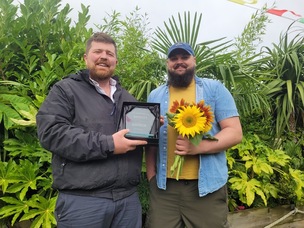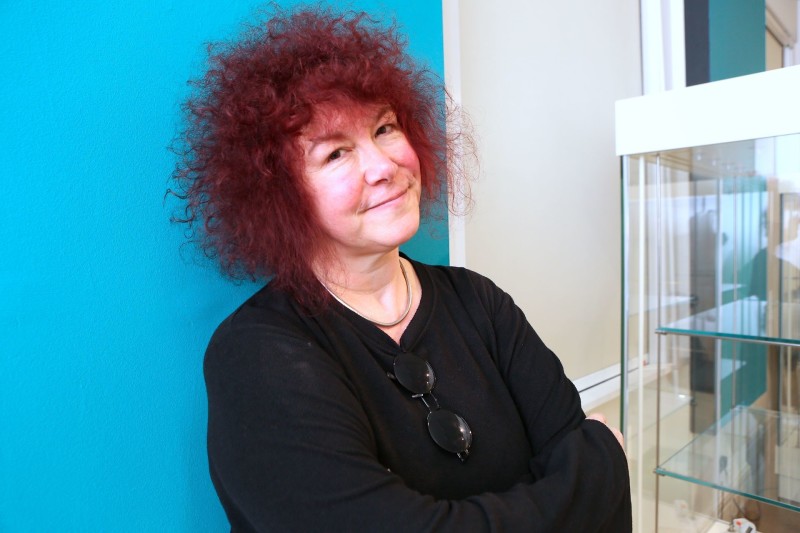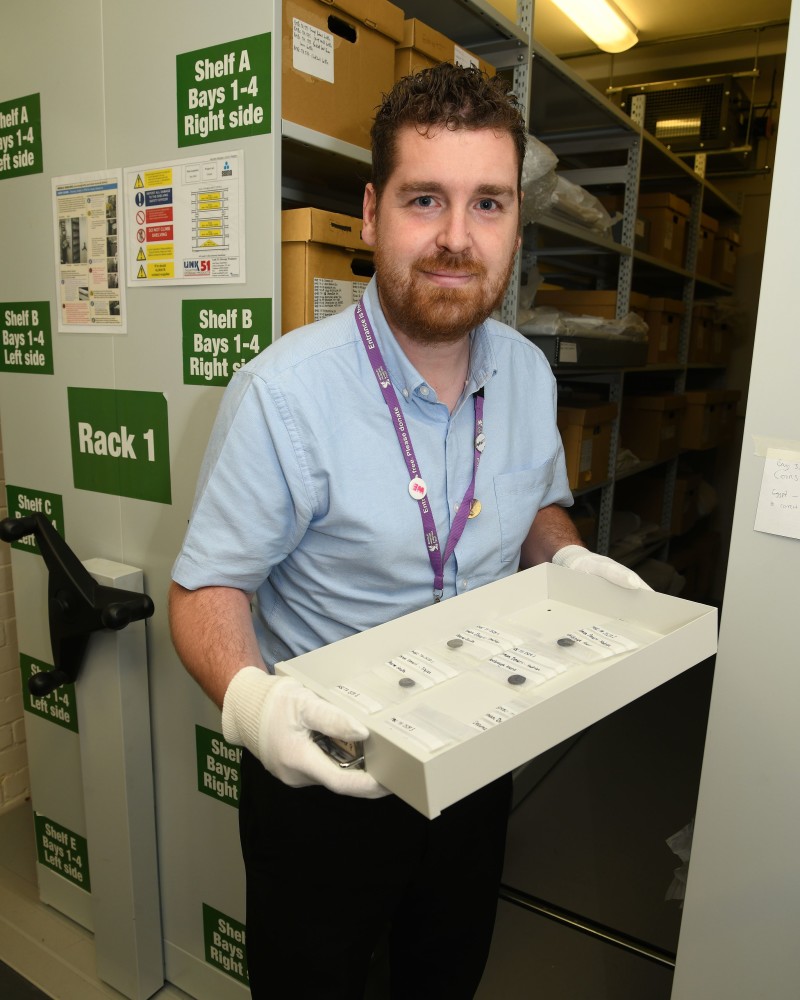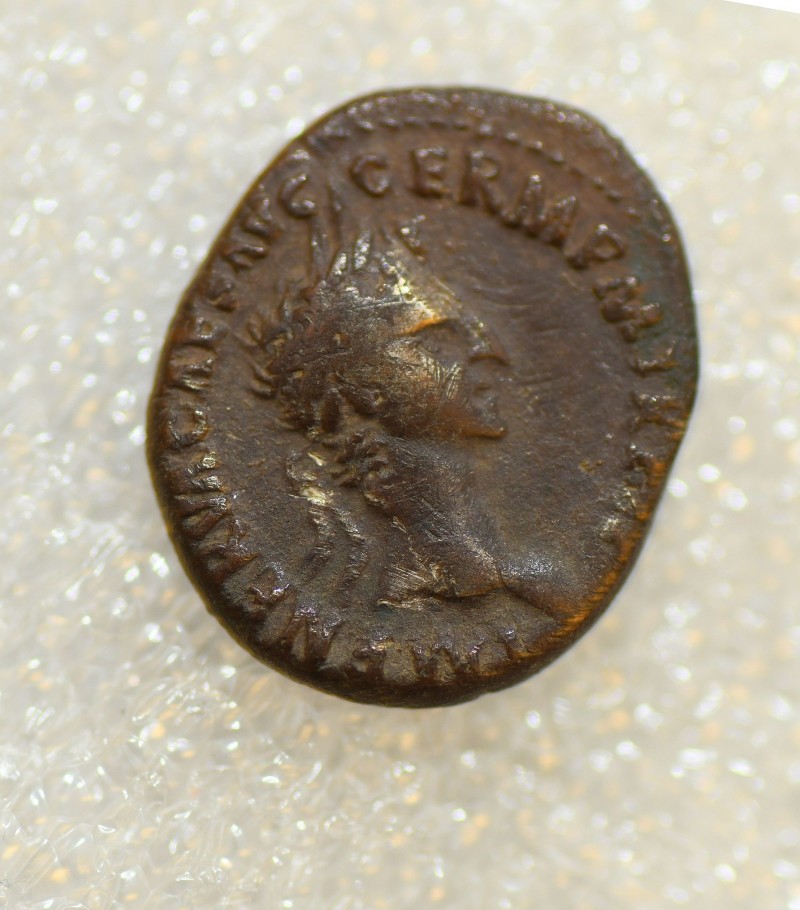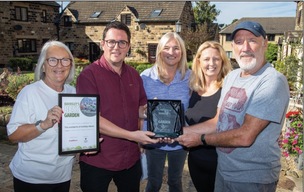PROFESSOR Joann Fletcher is respected around the globe for her knowledge of ancient Egypt but how did coins minted by Antony and Cleopatra end up in her hometown? As part of a series of features, Ashley Ball delves into what has been found beneath our feet in Barnsley.
Ancient Egypt and Darfield seem miles apart. According to internet route planners it’s 3,633 miles by road. That is a long distance journey even by today’s standards but a historical find during building work in 1947 showed that coins from the ill-fated reign of one of the most famous ever couples had wound up in the small village and it was not recently.
Experts believed the coins, discovered as part of a hoard, had been in the ground from about AD 250. That is almost three centuries on from the pair’s deaths as Octavian defeated their army before becoming known as Augustus – the first Roman emperor.
Joann, who is professor at the University of York’s Department of Archaeology and advisor to Barnsley Arts, Museums and Archives, explains why more than a dozen coins, which would have been old at their time of burial, were still around.
She said: “To put it into context, Cleopatra and Antony died in 30 BC then 73 years later in AD 43 the Romans began the conquest of Britain under the emperor Claudius (who coincidentally was the grandson of Mark Antony).
“It’s also the case that Roman coins tended to stay in circulation for a very long time, and the Darfield hoards reflect this.
“The two hoards found in 1947 and 1948 each contained around 500 coins minted by a long succession of Roman leaders, creating a virtual ‘who’s who’ of Roman history, from Mark Antony in 31 BC to the emperors Nero, Vespasian, Hadrian, Septimius Severus and many others, right through to Maximinus who ruled from AD 235 to 238.
“We also know that like many other Roman coin hoards, the Darfield coins were all buried together in the mid-third century, a time of great unrest across the Roman empire following the assassination of the emperor Severus Alexander, but made even worse in our region by repeated raids down the east coast by the Saxons and Picts.
“People wanting to keep their wealth safe therefore buried it in the ground, intending to retrieve it in safer times – which in the case of the Darfield hoards, never happened.”
It had been a running joke in Joann’s life that she would eventually link her hometown with Cleopatra. Thanks to Darfield, she can.
Joann added: “I was thrilled. I remember looking through the various artefacts on their return from Sheffield Museum in time for the opening of Experience Barnsley back in 2013.
“And when I began to go through the Darfield coins, I just couldn’t believe they included at least 16 minted by Antony, the Roman general and husband of the great Cleopatra whose biography I’d written back in 2008.
“Since it had long been a standing joke among my friends that I ‘wouldn’t be happy until I’d proved that Cleopatra herself had come from Barnsley’, these coins are certainly the nearest we’re likely to get.
“We know these coins were minted by Antony and Cleopatra in order to pay the troops who were about to fight for them at the naval Battle of Actium in Greece in 31 BC.
“So the reverse of each coin depicts Antony’s legionary standards, while the coins’ front (obverse) carries the image of one of Cleopatra’s 500 Egyptian warships which were moored in Actium Bay prior to the battle.
“Cleopatra was funding the campaign, with the coins made of silver from her royal treasury (which travelled with her), and most likely minted at Patras in Greece.
“Patras was the couple’s military headquarters during the winter of 32-31 BC before they then moved north to Actium itself, a site located some 80 miles south of Corfu.”
Some of these Darfield coins formed part of the ‘God’s Land in God’s County: Ancient Egypt in Yorkshire’ exhibition back in 2017 at Experience Barnsley.
Joann admits a real love for the coins and when she was asked to select an ancient artefact to discuss with John Lloyd on his Radio 4 show ‘Museum of Curiosity’ (an offshoot of the QI television show), she selected one of the Darfield hoard.
* The earliest recorded example of coins being found was way back in 1680 when a farmer ploughing his fields unearthed a pot of Roman coins, including some gold ones. They were sold to a goldsmith for just one pound.
* During building work on January 10, 1947, James Fowler was digging a trench for a drain on North Street, and found a pottery vessel containing 481 silver denarii coins. The earliest were made in the first century for the Roman general Mark Antony, husband of the famous Cleopatra, while the latest coins were minted between AD 236-238. Experts at the time suggested the coins had been buried around AD 250, presumably for safekeeping at a time of instability and unrest throughout the Roman empire. Then with the coins divided up, a ‘representative sample’ of 30 coins went to Foulstone School, and when this closed some were transferred to the nearby Maurice Dobson Museum. The British Museum cherry-picked 33 of the coins, and since Barnsley did not then have a museum, the remaining coins went to Sheffield Museum until the opening of Experience Barnsley.
* On September 7, 1948, Alan Nicholls was digging a water main on Clarney Place and found a pot containing exactly 500 silver denarii coins, again ranging in date from around 31 BC, and minted by Mark Antony, to the latest at AD 213. Once again the British Museum took 14 coins, and the remaining 486 went to Sheffield Museum. Like the 1947 hoard, they are now at Experience Barnsley.
* On April, 19, 1950, when workmen headed by chief gas fitter Dennis Chipchase were digging a trench for the gas supply to Clarney Avenue, they uncovered another pot filled with at least 541 antoniani (bronze) coins ranging in date from AD 259 to 282. With some described by coin experts as ‘crude imitations’, apparently Roman forgeries, they were apparently of no interest to the British Museum and instead they all went to Sheffield Museum. They’re now at Experience Barnsley.








